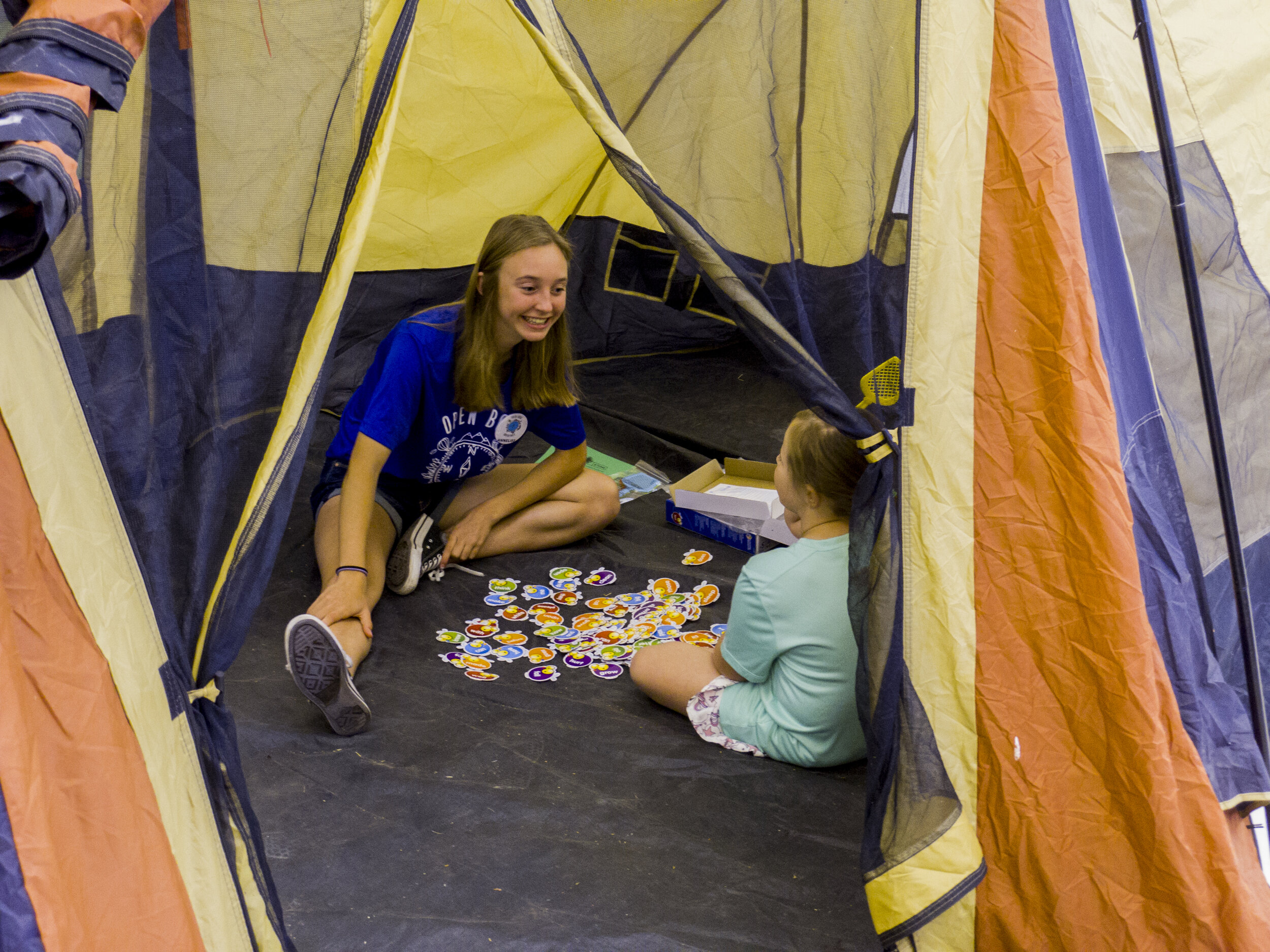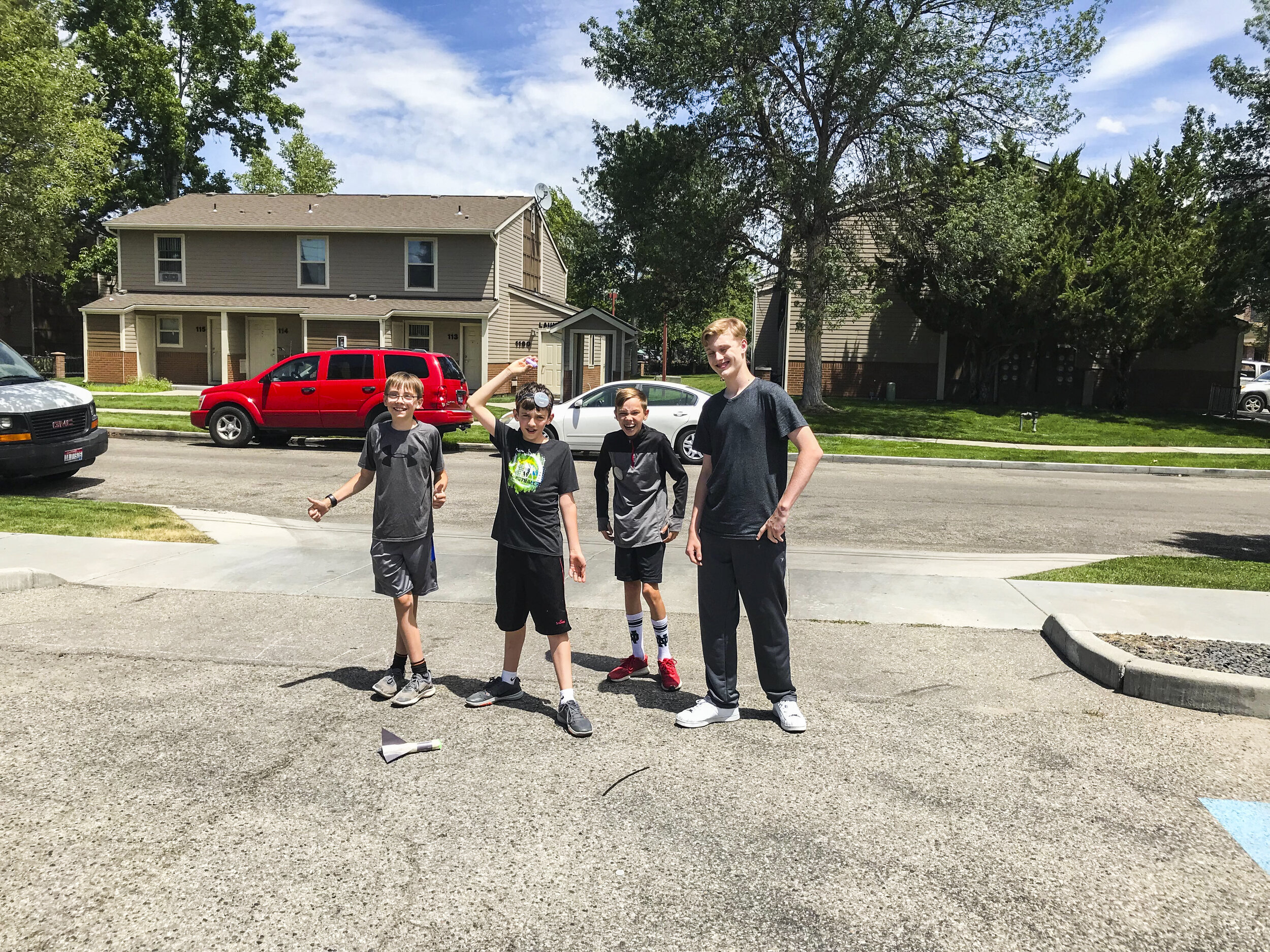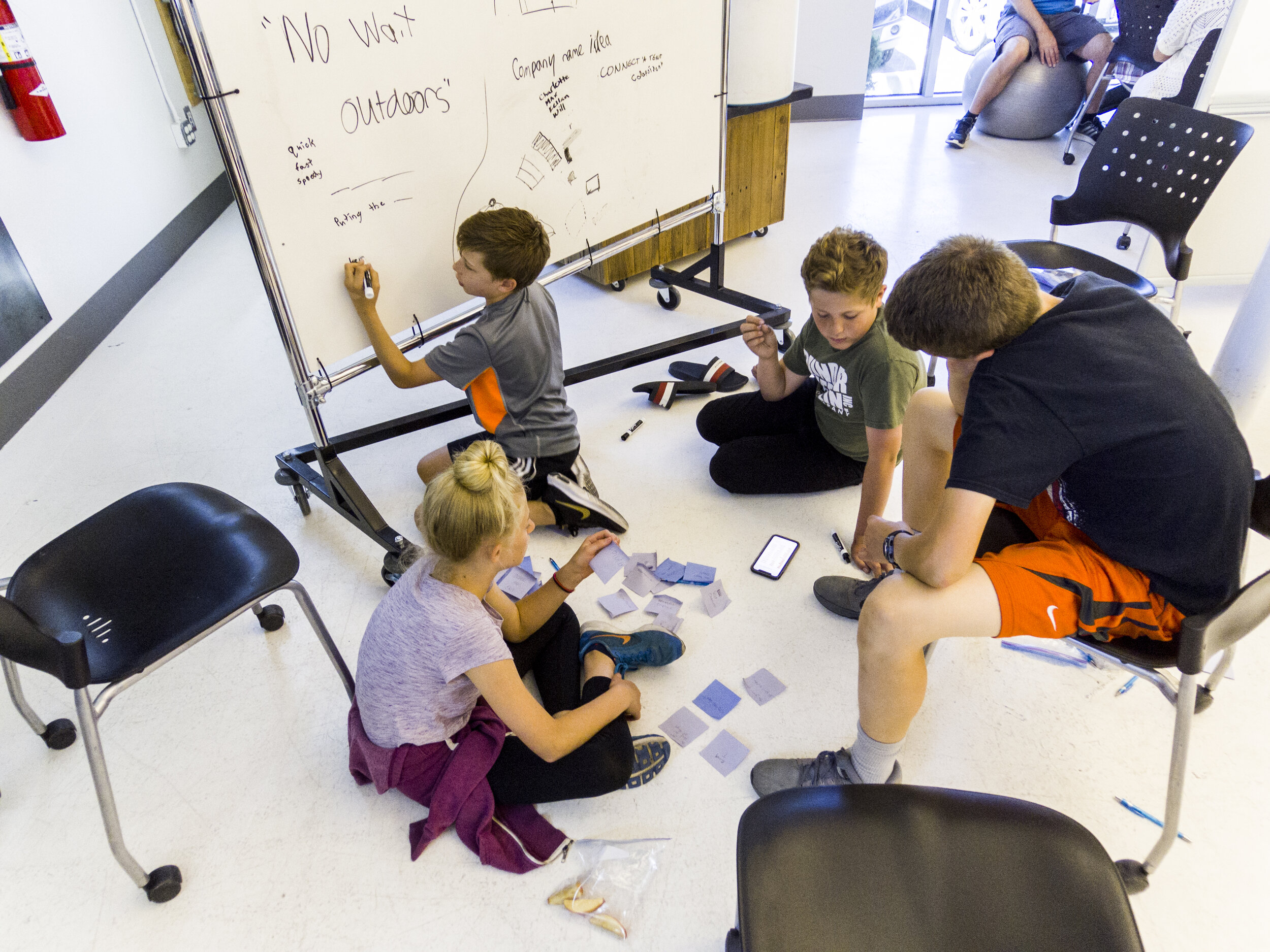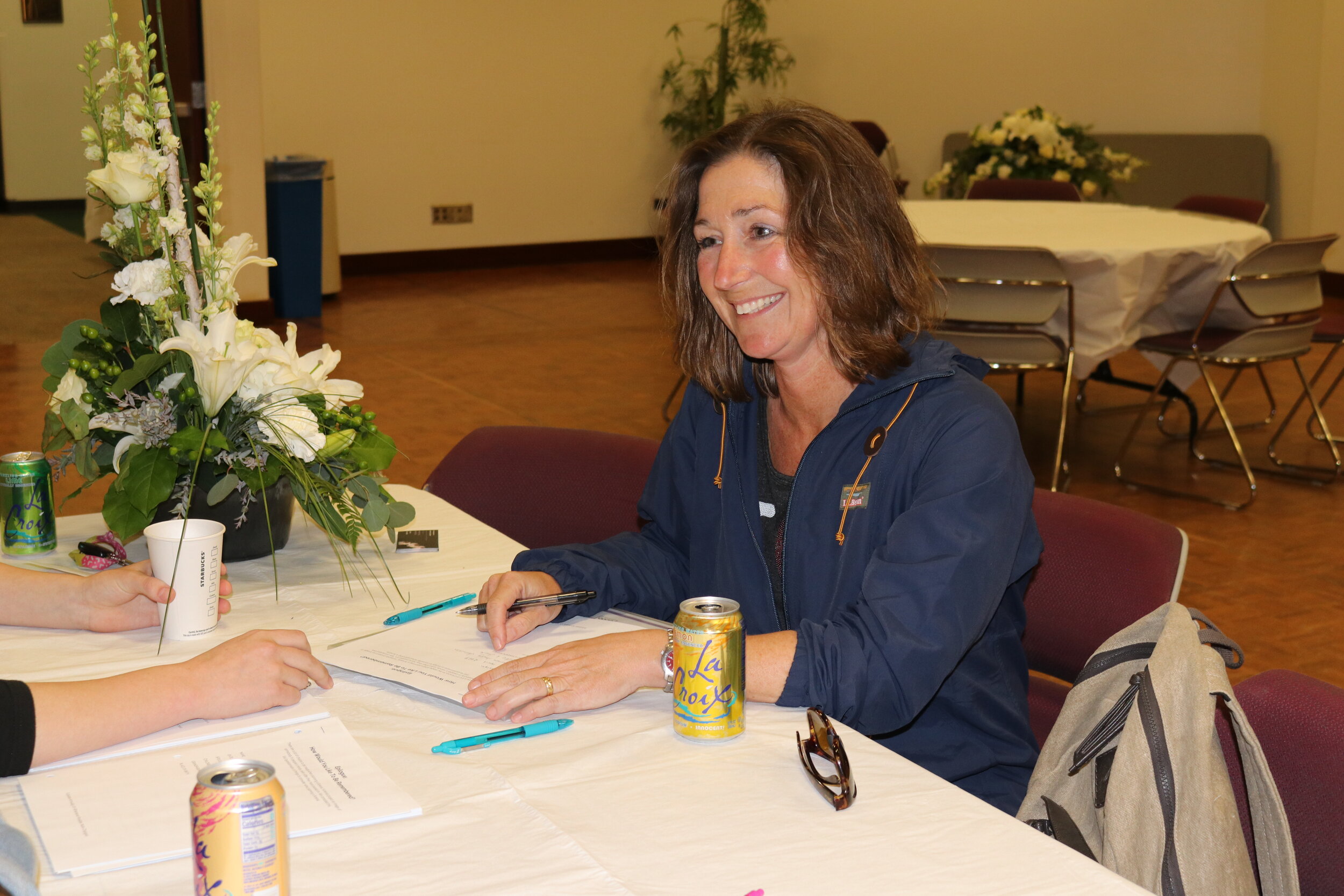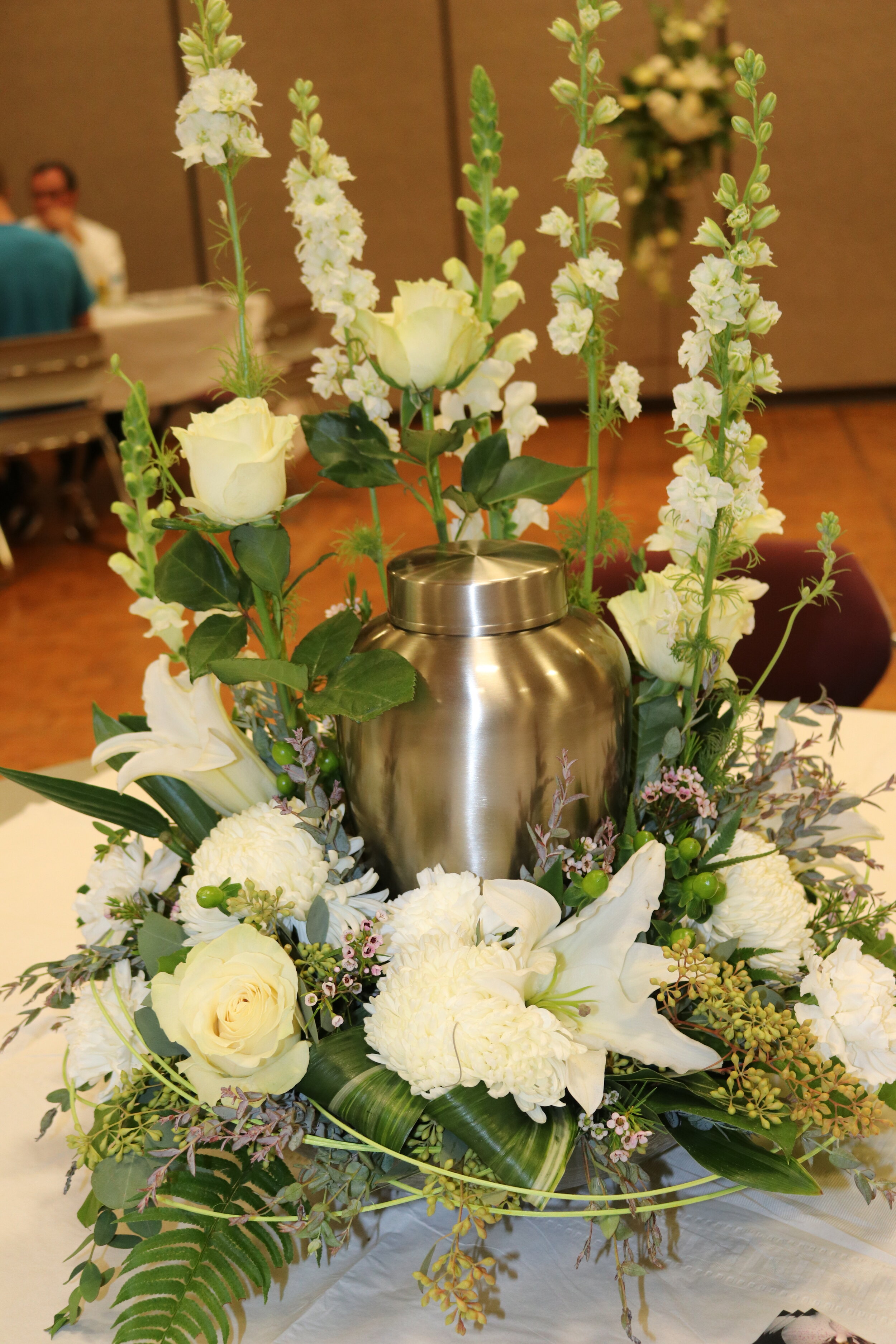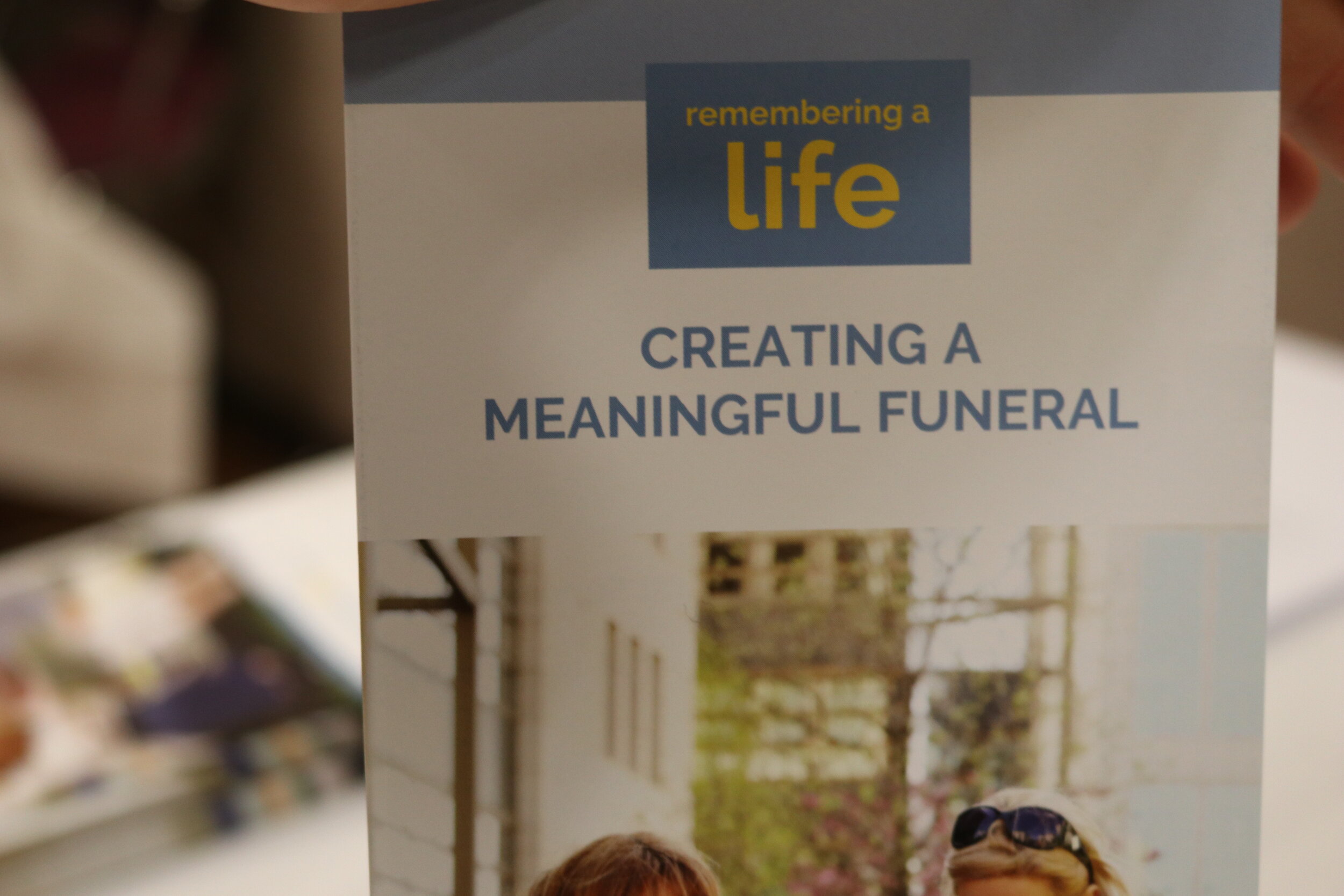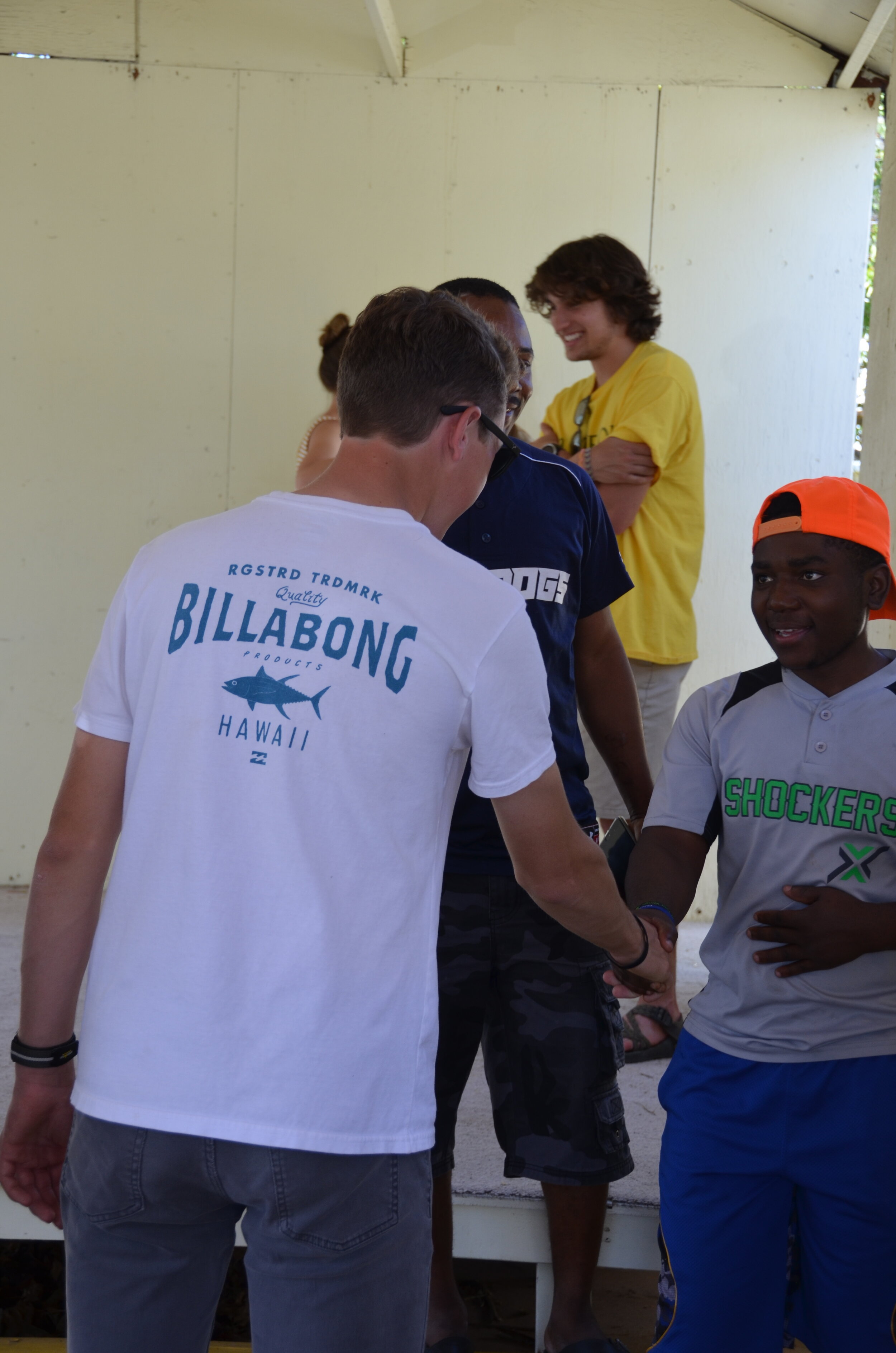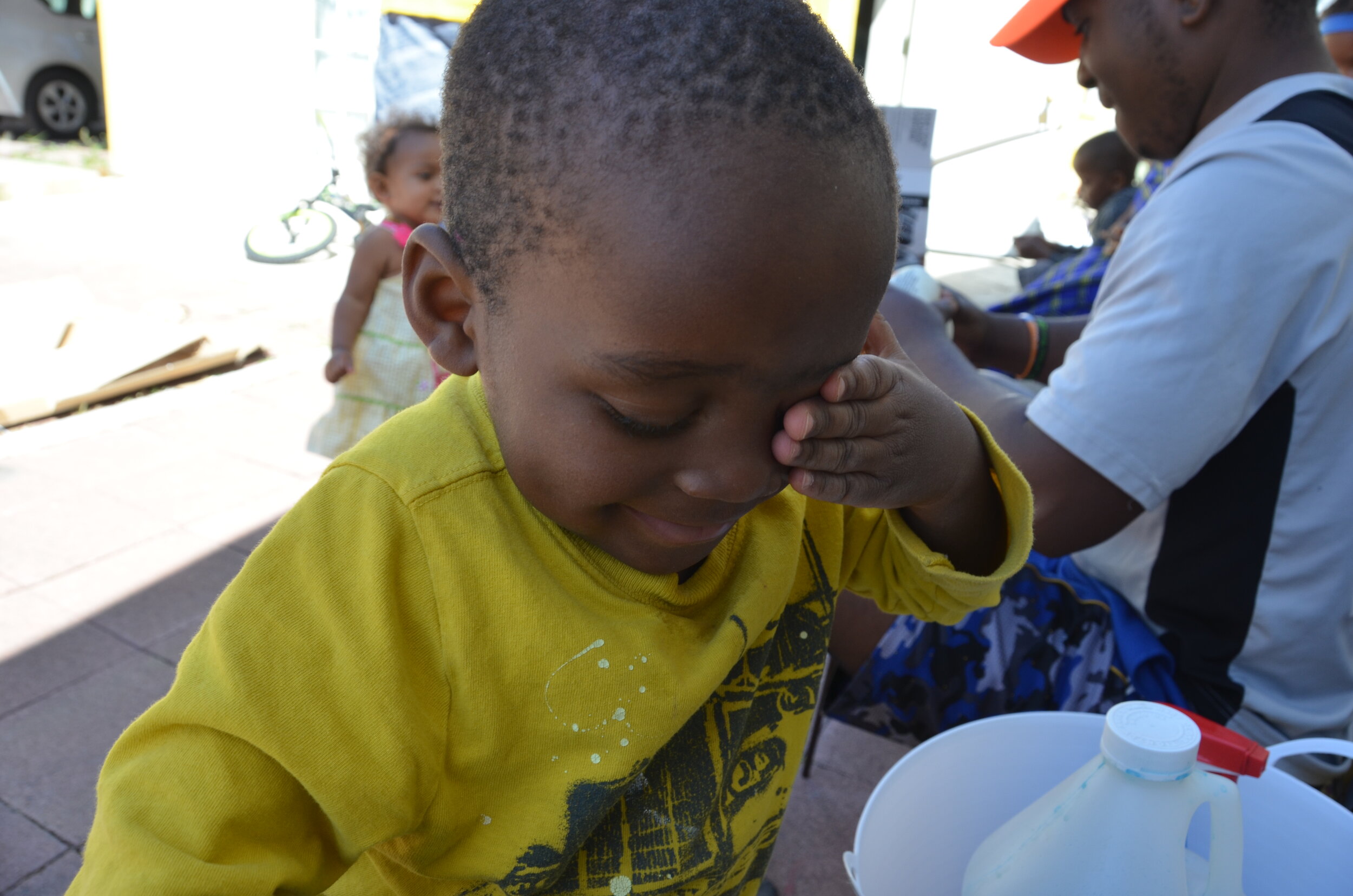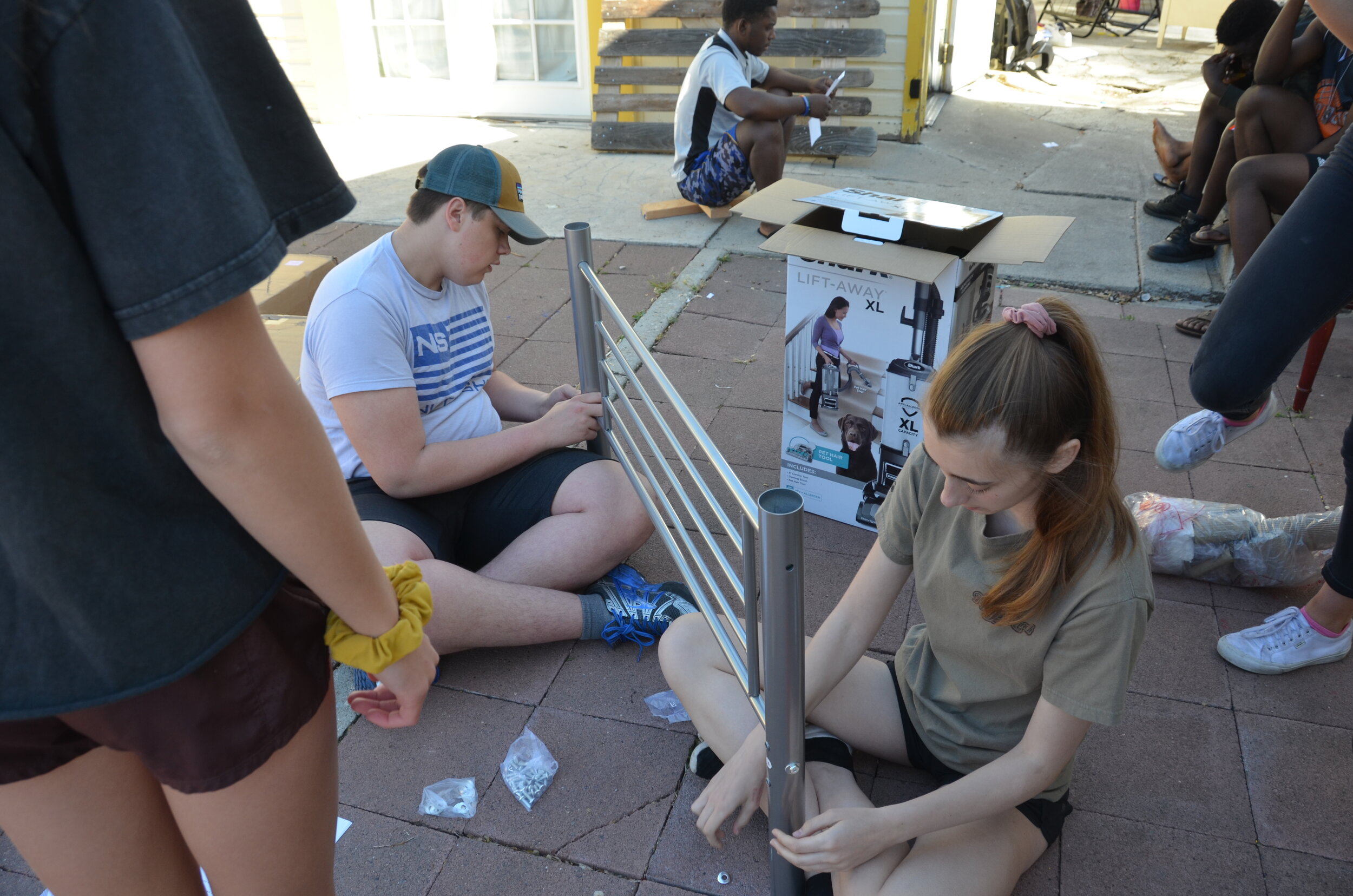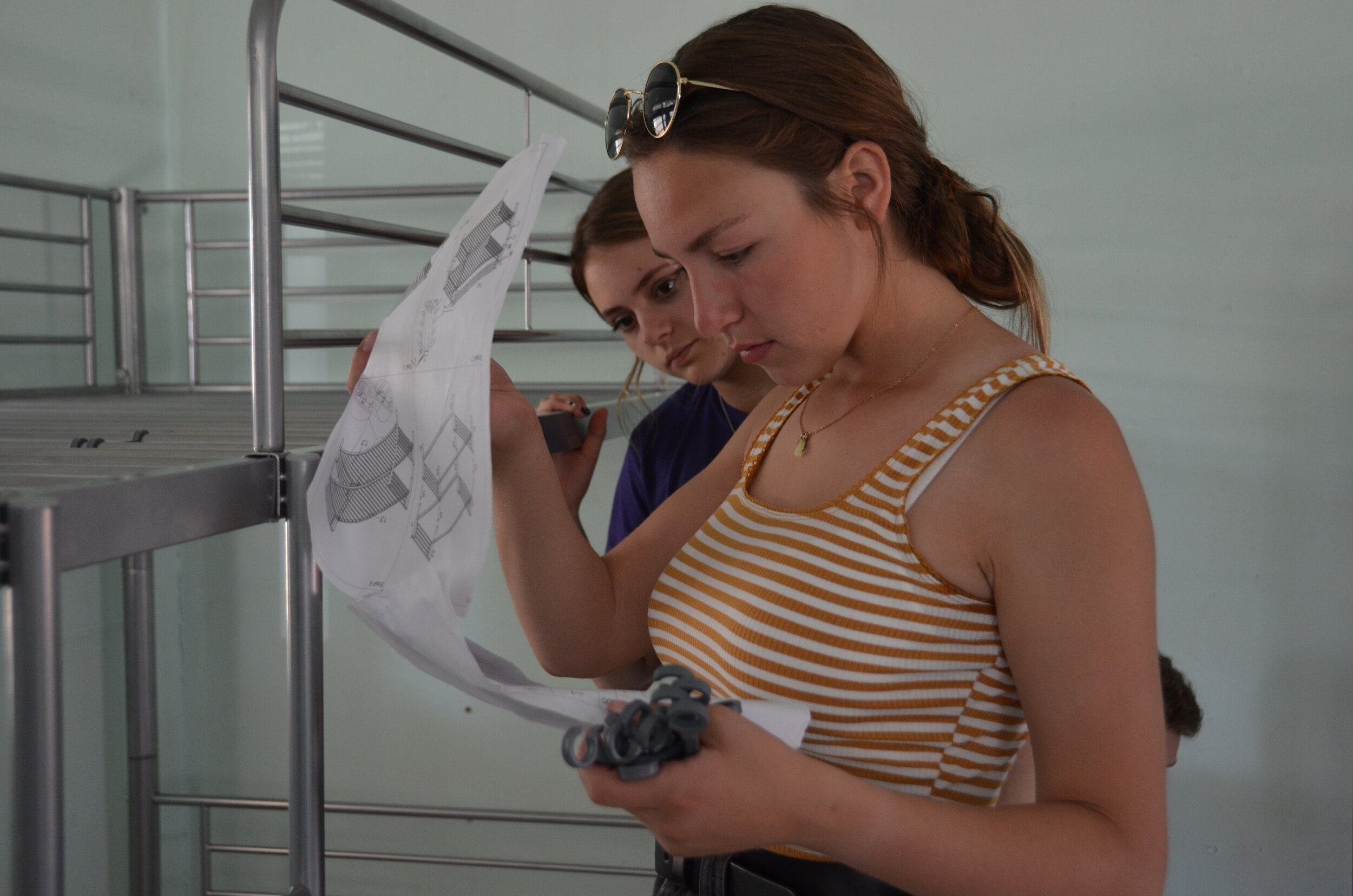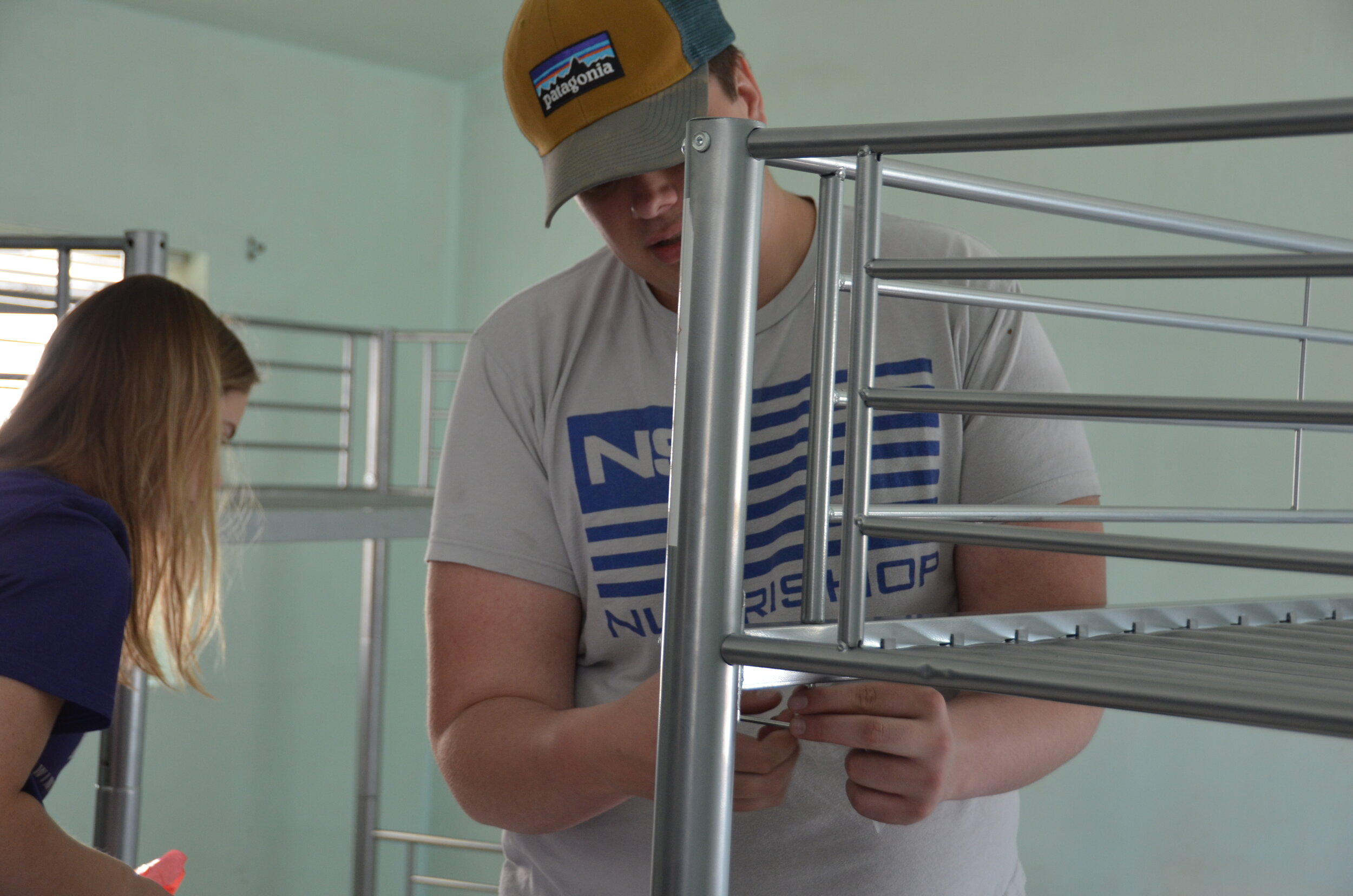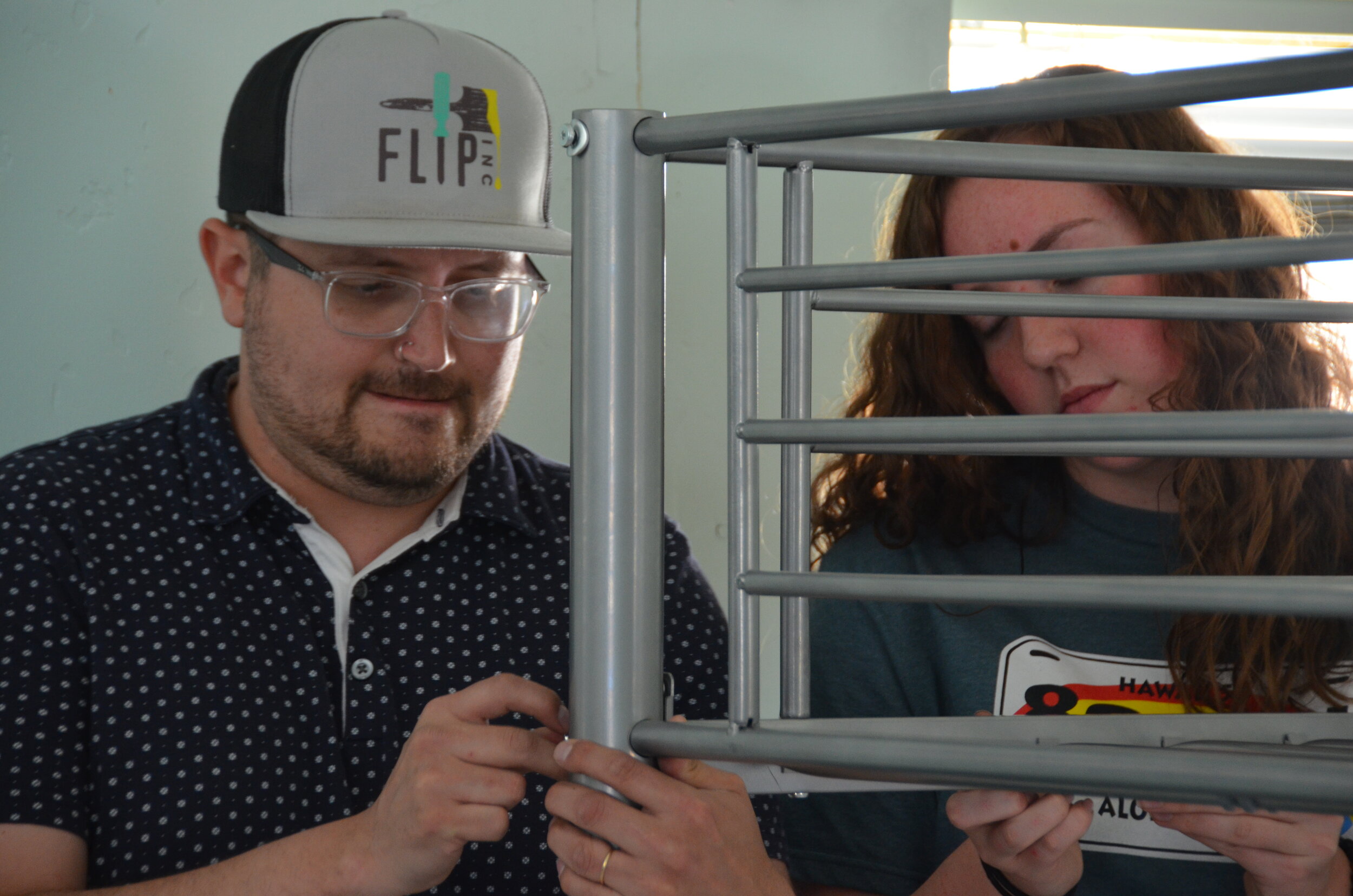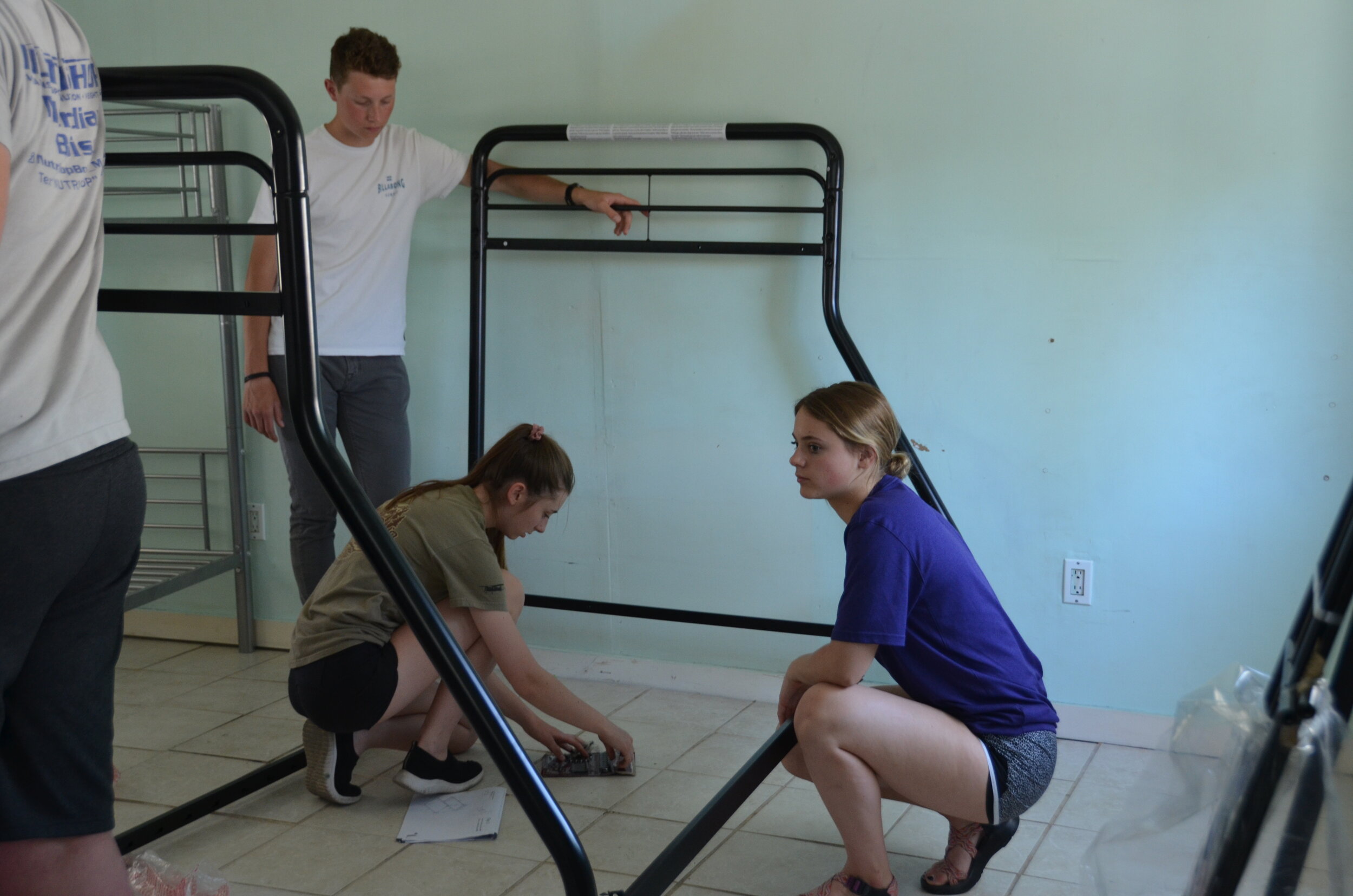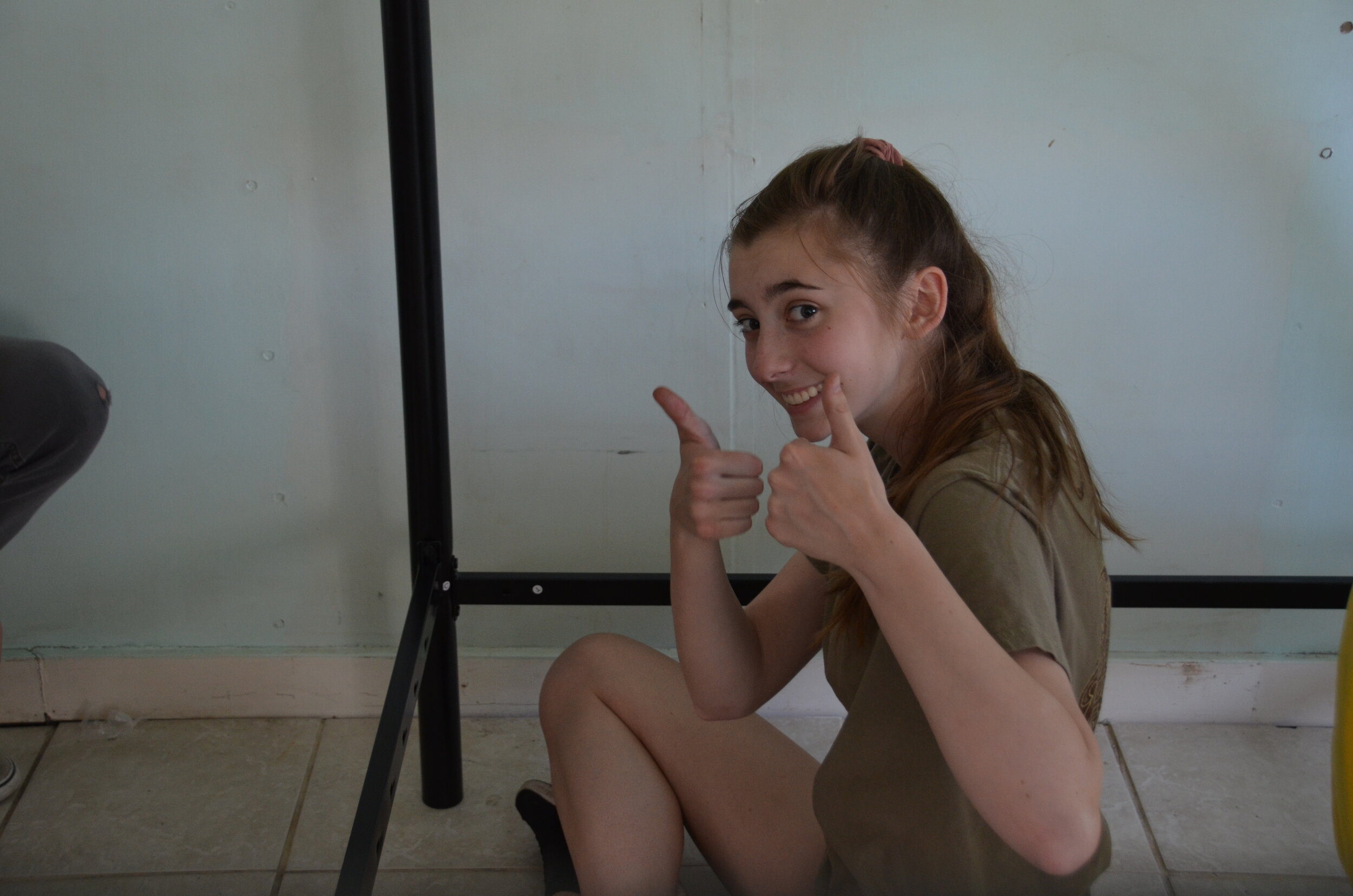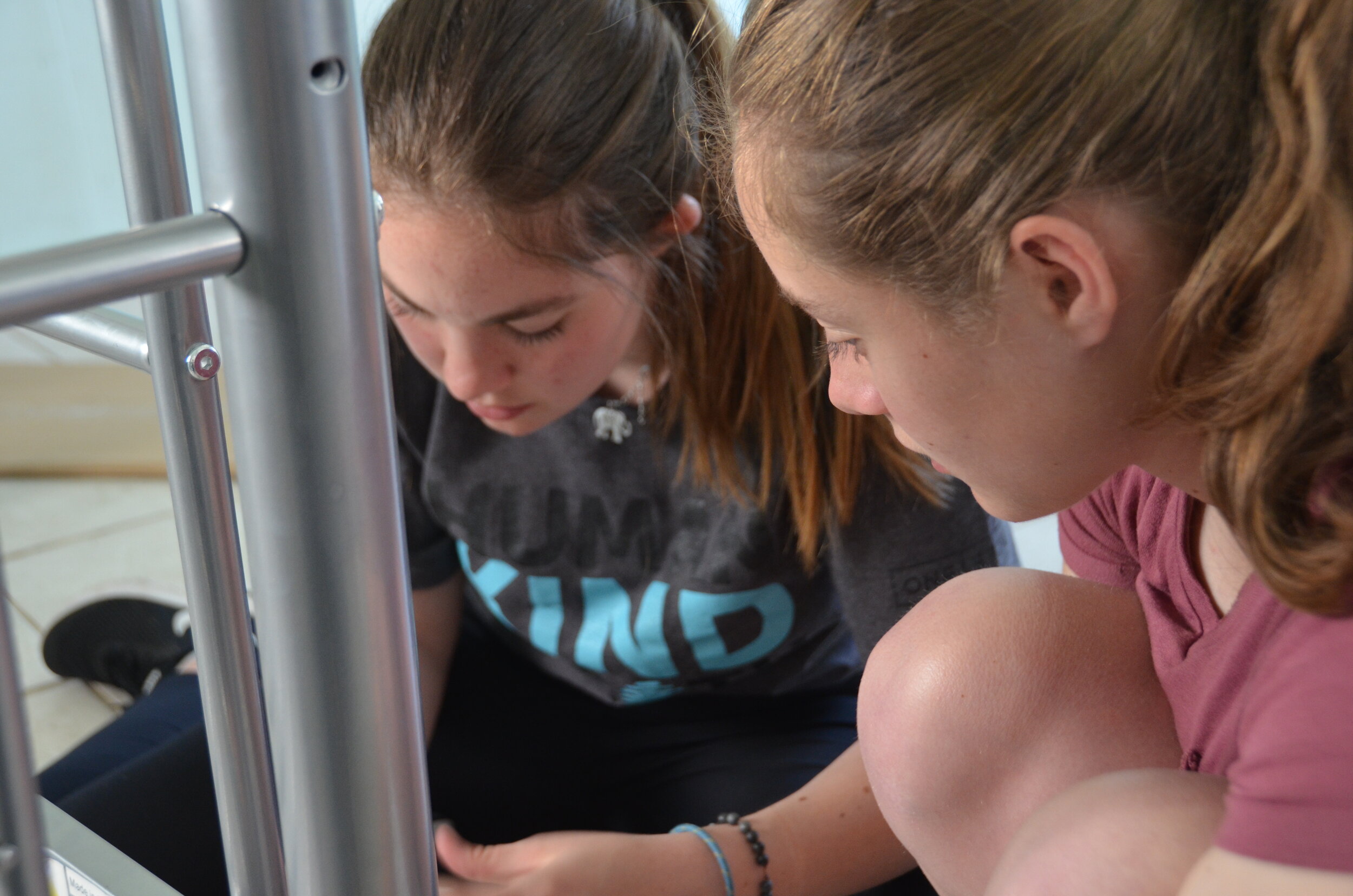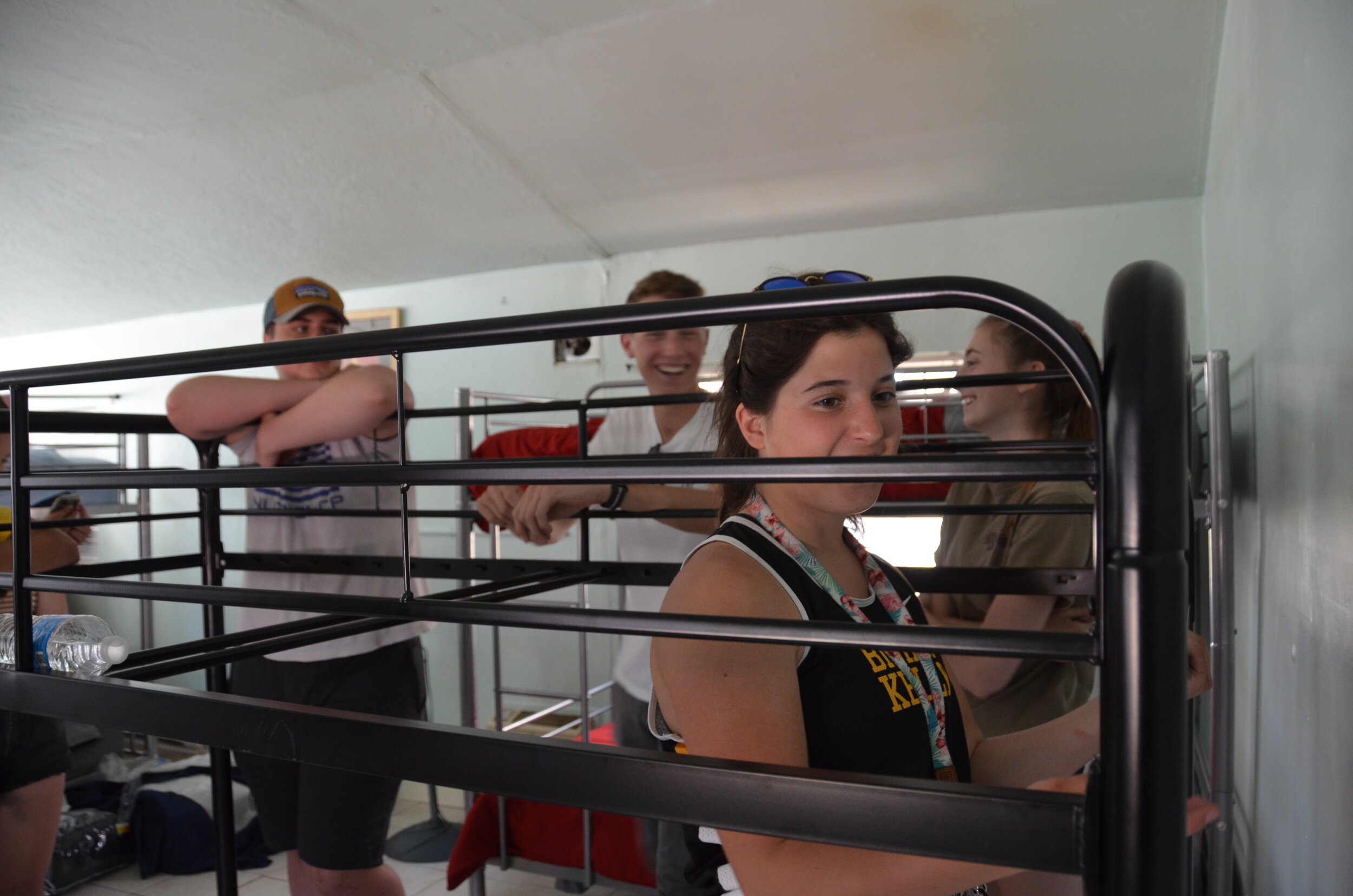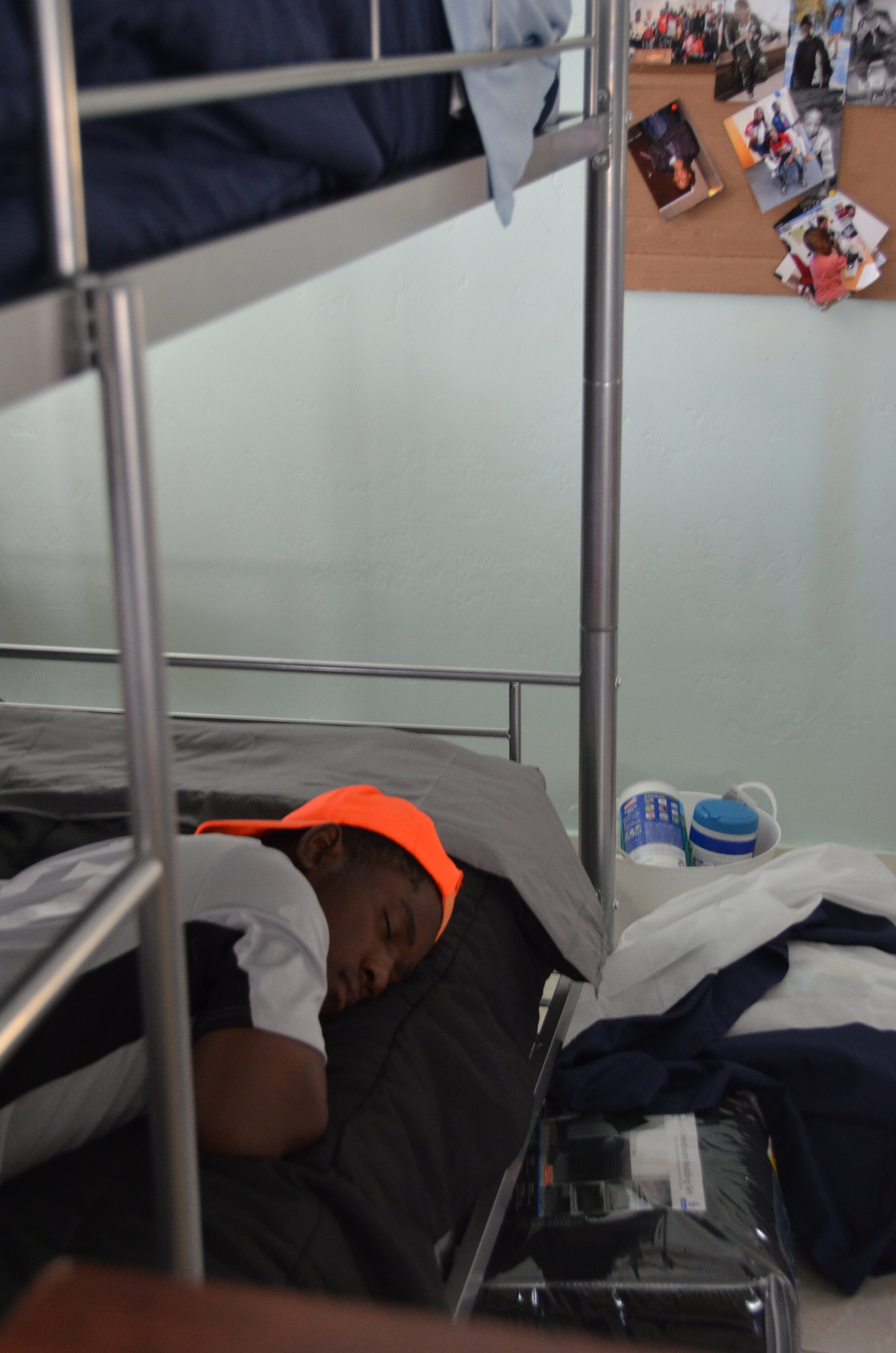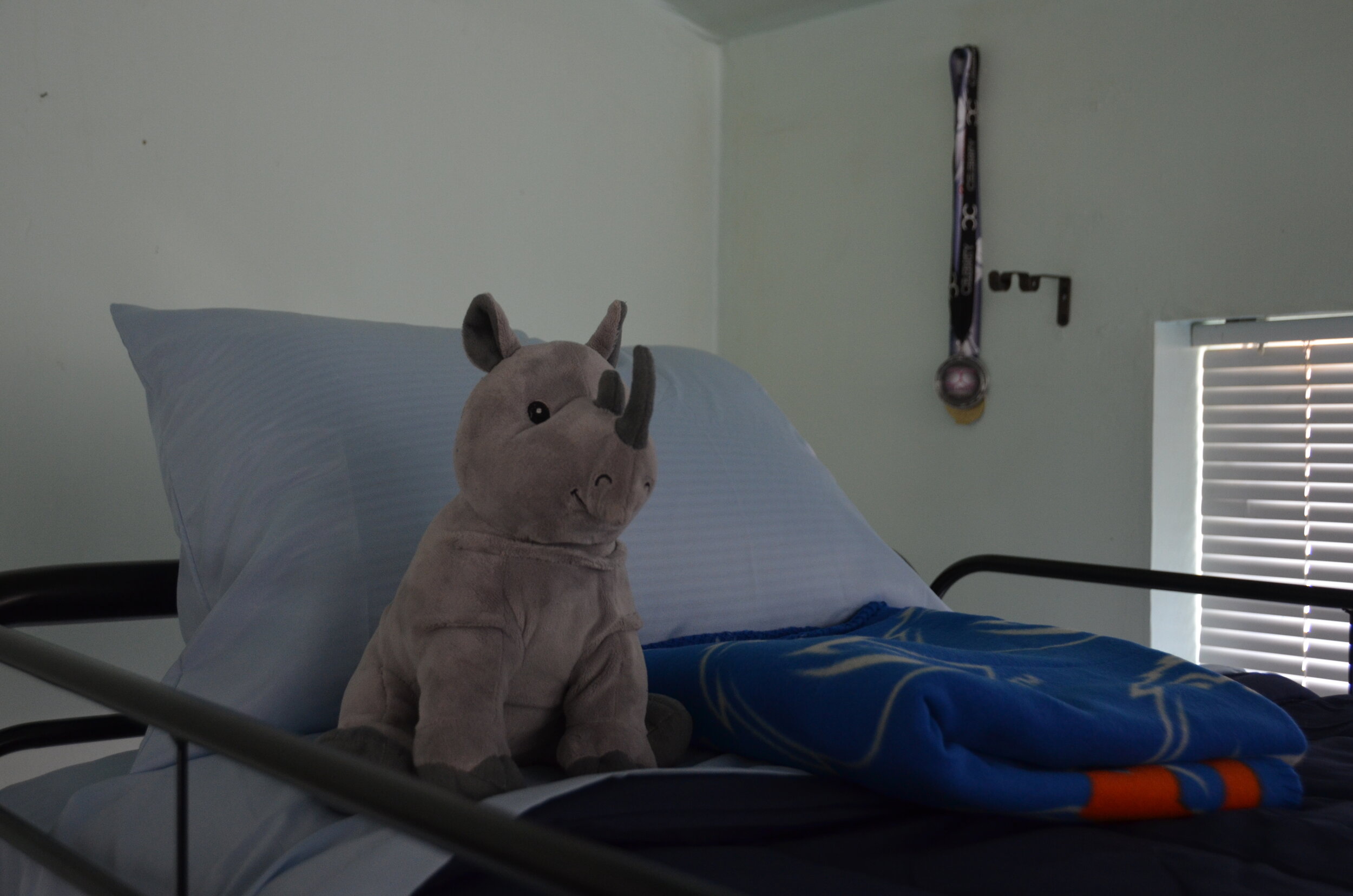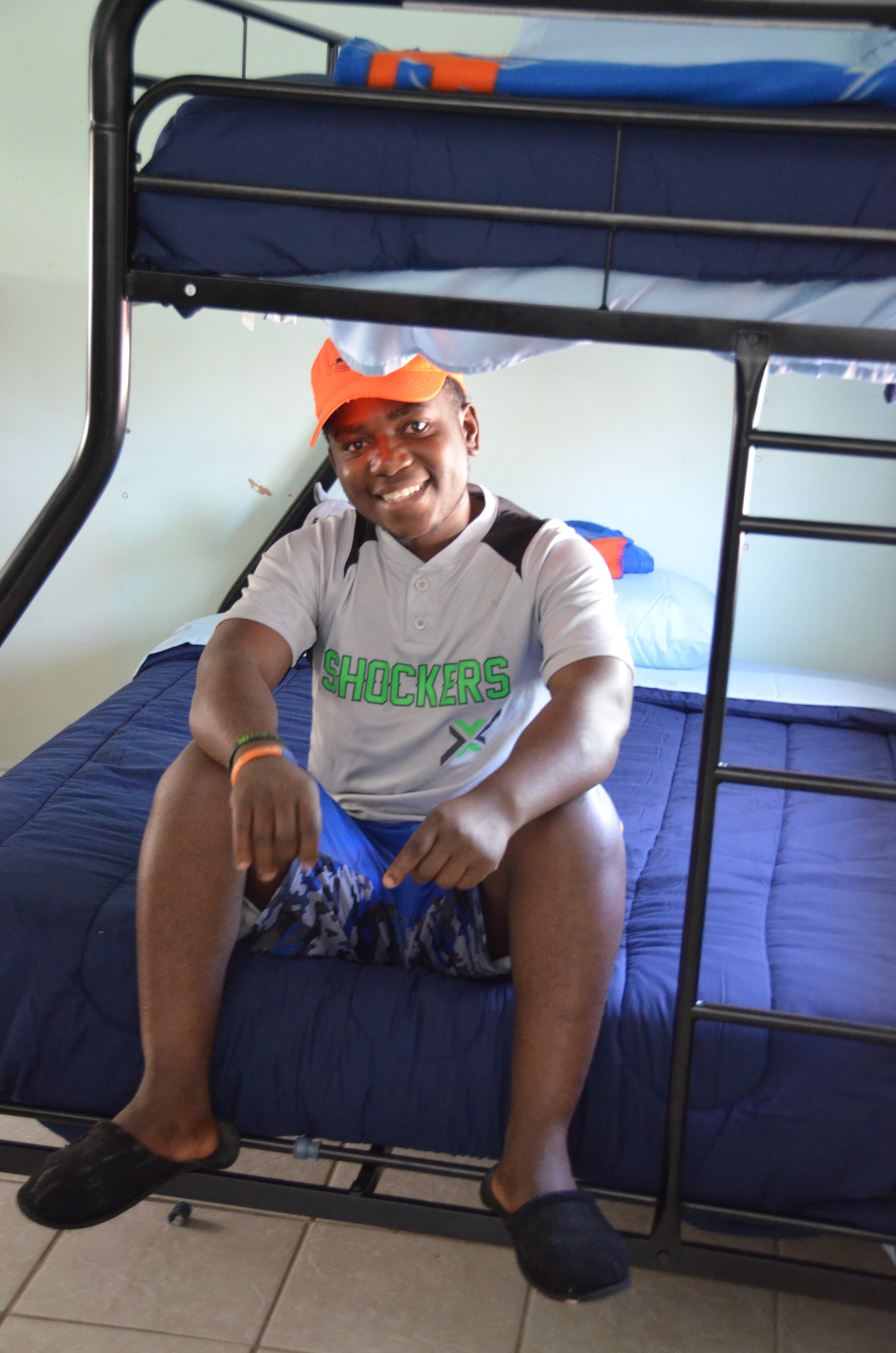How might we help reverse the ‘summer slide’ in literacy skills of local first and second graders?
Open Book Adventures Camp is a free, three-day long summer camp experience for first and second graders in the greater Boise area. During OBA Summer Camp 2019, 28 little buddies were paired one-on-one with high school “Adventure Guides” for an unforgettable journey in reading, writing, phonetics, penmanship, and exploring the world through a literary lens.
Campers spent the mornings reading with their big buddies in areas around the One Stone building, which were decorated as various nature scenes. As the pairs dove into stories, they were transported to rolling hills, mountainous terrain, roaring rivers, mysterious caves, and peaceful campsites – a reminder of the power of literacy in taking people to unexpected places. In the afternoons, campers took daily excursions to the Discovery Center of Idaho, the Idaho State Museum, and Zoo Boise to inspire imaginative stories, build connections through play, and expand vocabulary. Encouraged by near-peer mentors to look at every moment as a learning opportunity, participants were eager to grab a book to continue exploring the world or a pencil to capture a new adventure.
By supporting their young buddies, One Stone Adventure Guides gained valuable mentorship experience while developing skills in empathy, creativity, problem-solving and leadership. Guides voiced their amazement in seeing how much their own behavior and attitudes influenced their young counterparts and how proud they felt when they were able to lift someone’s mood.
At the end of camp, guides and buddies celebrated their newfound friendships with the best camping tradition of all: sitting in a circle, eating ooey, gooey s’mores, and already looking forward to the next adventure.
Outcomes:
100% of parents said they would recommend OBA Summer Camp to a friend or family member.
100% of parents “strongly agreed” that child enjoyed spending time with their high school Adventure Guide.
Parent reflections:
“I was very impressed by the personal communication and one-on-one attention the high school guides gave the children. I noticed that even the person greeting us in the morning would take note of each kid’s name and tell them that their big buddy was waiting for them inside.”
“The interaction between my child and her buddy was wonderful, engaging, encouraging, and thoughtful.”
“This camp has helped my child adapt to new situations, build social skills, have fun reading and build autonomy.”
“My eldest daughter has always had a strong outlook on reading and writing, but it is nice to have someone who is older and cool (so not Mom and Dad), share a positive outlook on reading and writing. My younger daughter is not quite as strong in reading and writing, and the change within her was quite strong. She came home and "read" to the wall, so excited to present her new found skills. She said that she practiced "a lot" at camp.”


